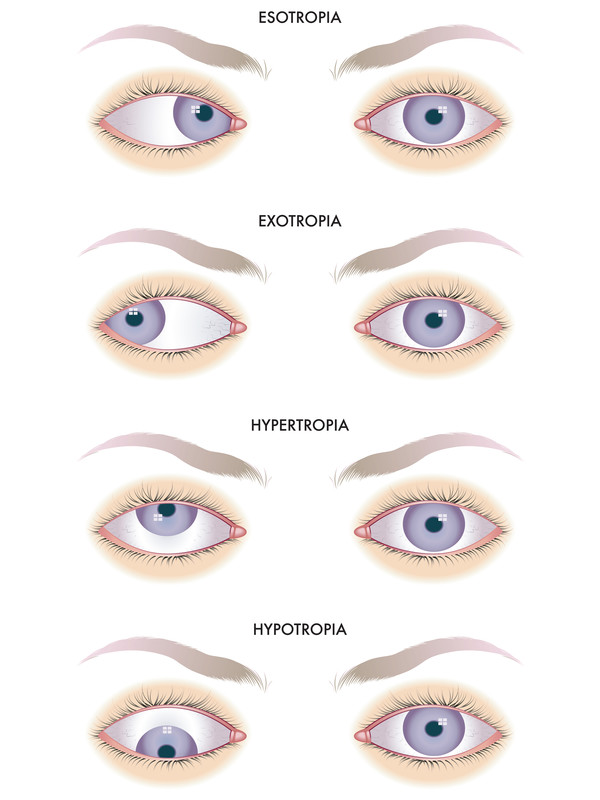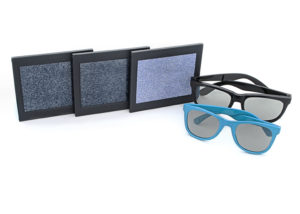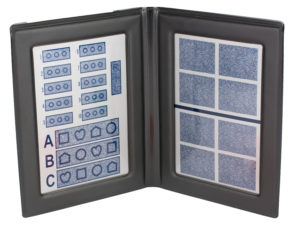
Strabismus
Strabismus is a failure of the two eyes to maintain proper alignment and work together as a team.
If the child has strabismus, one eye looks directly at the object the child is viewing, while the other eye is misaligned inward (esotropia, “crossed eyes” or “cross-eyed”), outward (exotropia or “wall-eyed”), upward (hypertropia) or downward (hypotropia).
Strabismus can be constant or intermittent. The misalignment also might always affect the same eye (unilateral strabismus), or the two eyes may take turns being misaligned (alternating strabismus).
To prevent double vision from congenital and early childhood strabismus, the brain ignores the visual input from the misaligned eye, which typically leads to amblyopia or “lazy eye” in that eye.
According to the American Association for Pediatric Ophthalmology and Strabismus, approximately 4 percent of the U.S. population has crossed eyes or some other type of strabismus.
Visual acuity should be tested as soon as the child is old enough to cooperate with an eye exam. Photoscreening is another way to check visual acuity that does not require a young child to cooperate with the test. Either approach to testing will determine whether the child can focus normally at far, middle and near distances.
Upon entering school, or whenever a problem is suspected, children’s eyes should be screened for visual acuity and alignment. If an alignment problem or other eye health issues is suspected, the child should have a comprehensive exam.
Source: Allaboutvision.com
SUGGESTED VISION SCREENERS INCLUDE:
Optec 5000 and Optec 5500 Vision Screeners
- Ideal for pre-screening, to quickly and accurately test patients in a controlled environment
- Perform comprehensive visual screening in minimal time
- Includes one 12-test slide package at no additional cost. Three popular standard packages:
- Customization of package available








